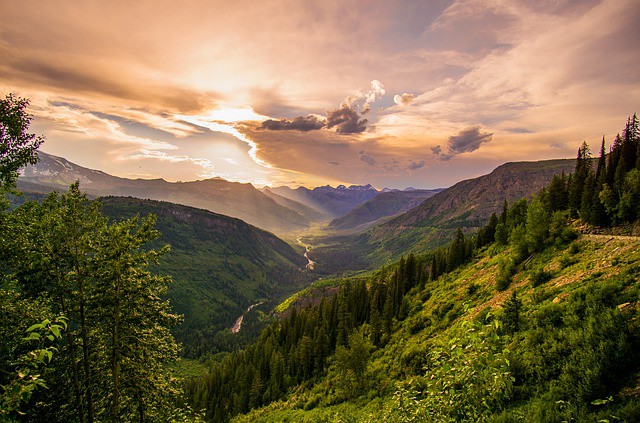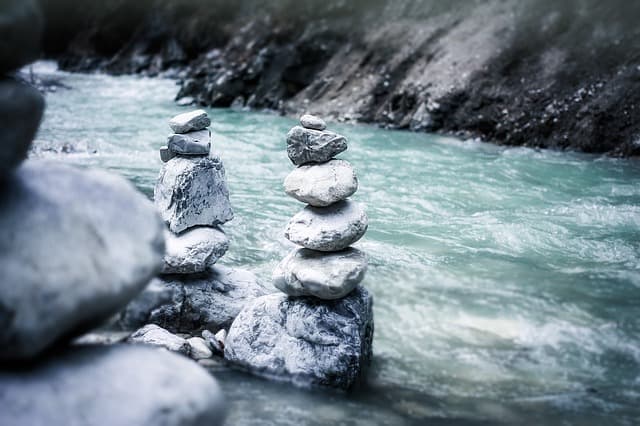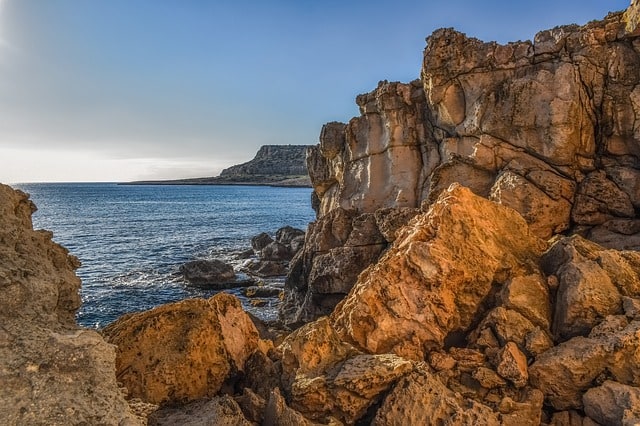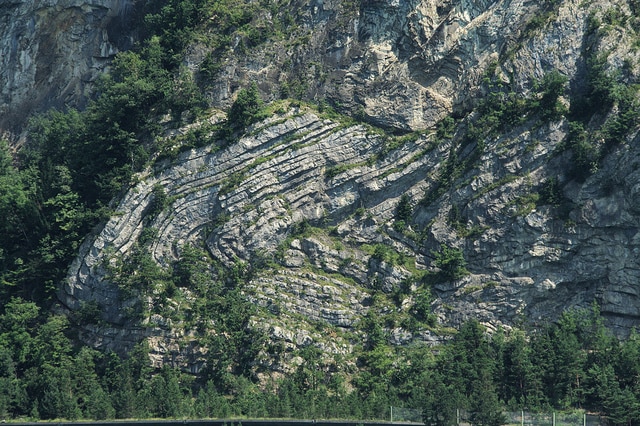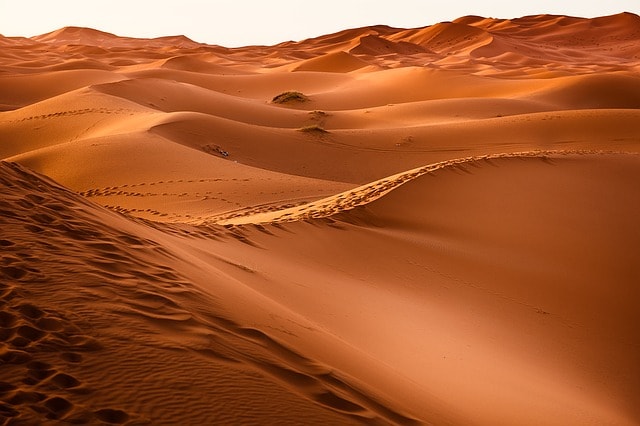What is Weathering and Erosion (For Kids)? Types of Weathering and Erosion
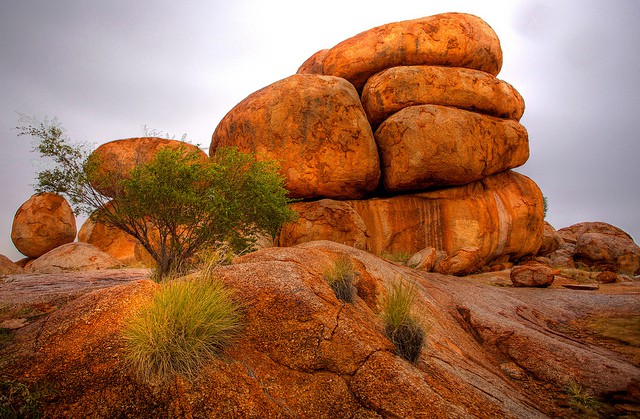
Erosion is the process of constant disintegration of rocks and surfaces due to physical factors like wind, ice, water, and climate change. Thus it is just the opposite of deposition, a process by which particles get deposited at a place by some physical factors. Erosion is also the opposite process of siltation.
Weathering, on the other hand, is the constant decaying of rocks and surfaces due to various climatic changes that affect their chemical composition. In geological terms, weathering can be defined as the process where rocks and soil are dissolved away and worn into smaller pieces due to environmental factors. Let us now discuss the four different types of weathering. While weathering involves chemical disintegration, erosion is just a physical procedure.
Moreover, erosion involves the movement and relocation of particles, but weathering doesn’t do so. While weathering causes a permanent change in the color and texture of rocks, erosion never changes the composition of the same. Eroded loose soil leads to dust storms sometimes, but weathering doesn’t possess the same threat.
Types and Examples of Weathering
Well, we have discussed so far that the natural phenomenon that aids in constant decaying of rocks, soils, and minerals to change their structure is known as weathering. But there are several factors like biological activity, extremes of weather, water, wind, ice, and other environmental causes that also loosen the rocks and soils through the process of weathering.
Let us now try to understand the different types of weathering with suitable examples.
1. Physical or Mechanical Weathering
The disintegration of rocks into smaller pieces is known as physical weathering. When water enters the pores of rocks, cracks and then freezes, they are forced to breakdown, which generally happens because of mechanical weathering. Frost weathering, frost wedging, ice wedging, and cryofracturing are common causes of mechanical weathering.
Water once frozen inside the rocks expands by 10%, thereby forcing the rocks to crack open. The pressure acting over the rocks along with climate change is the reason because of which rocks are broken into fragments.
2. Biological Weathering
Organic or biological weathering refers to the disintegration of rocks by the action of living organisms. Trees and plants creep into rocks while growing in size, thereby exerting pressure over the rocks. As a result, the cracks force open the rocks and widen the fissures.
Micro-organisms like moss, algae, lichens grow over the rocks and produce chemicals that have the potential of breaking the outer part of the rocks. Moreover, burrowing animals like moles, squirrels, and rabbits can speed up the process of development of fissures and eventually lead to the breakdown of rocks and surfaces.
3. Chemical Weathering
Chemical weathering occurs when the rocks are broken down by chemical agents. This process is gradual and ongoing, which changes the mineralogy of the rocks and makes them disintegrate and finally dissolve.
When water and oxygen interact with minerals, a chemical reaction occurs, and rocks change in composition over time. Hydrolysis and oxidation occur, and the result is they lead to a new compound formation.
Acid rain makes the rocks to disintegrate and dissolve the rock grain. However, chemical weathering depends on the texture of the rocks. For instance, limestone is more prone to chemical disintegration compared to metamorphic rocks.
Different Types of Erosion
There are various types of erosion, namely physical erosion, water erosion, wind erosion, ice erosion, and erosion by other forces.
1. Physical Erosion
Physical erosion of land occurs when the land gets continuously eroded by various factors without the chemical composition being changed. The rocks reduce in dimension and become smaller. Following that, they get eroded through physical erosion and then form clastic sedimentary rocks. The growth of plants also contributes to physical erosion, and the phenomenon is called bioerosion. The plant growth extends to the crevices and rocks. Ice formation also causes the rocks to break and erode.
2. Erosion by Water
Water erosion is very significant. River, flood, lakes, rain, and ocean wash away all the sediments that are accumulated. Rainfall is responsible for four types of erosion – splash erosion, sheet erosion, rill erosion, and gully erosion. Coastal erosion has a huge influence on human settlement. Houses and infrastructures built on the eroded regions always possess a threat of being crumbled down.
3. Wind Erosion
Wind, a powerful agent of erosion, continuously transports sand, ash dust from one place to another. Ventifacts are a special category of rocks that are essentially shaped by wind erosion. A most devastating example of wind erosion is a dust bowl. Valuable topsoil eroded by strong winds is called as ‘Black Blizzard.’
4. Erosion by Ice
Ice, which is essentially present in the form of glaciers, creates dramatic landscapes. As the glaciers move downwards, they carry the eroded soil along. The eroded sediment called moraine usually is visible around the glaciers.
5. Erosion by Other Factors
Thermal erosion can shape up to be a significant cause of erosion. Mass wasting incidents, which include rockslides, landslides, and avalanches, erodes and transports lands that reshape hills and mountains.
10 Amazing Facts About Erosion
Fact 1: Flash floods, streams, and rivers are responsible for eroding away the rocks, crevices, and caves. The minerals in the water are like sandpaper, and they get slowly scoured away. Erosion removes rock or earth particles from one side, and the same gets deposited to another side. The latter process is known as siltation, which is just the opposite of erosion.
Fact 2: Bits of rock which are small pass into the rivers. While moving downstream, the rocks are scraped, and the larger rocks are softened. These are again broken down into smaller pieces known as silt.
Fact 3: While in the desert, high winds enable the tiny rocks to hurl through the air. The particles change and shape the rocks into the landscape. Sometimes this type of erosion results in dust storms.
Fact 4: Glaciers, while moving across the earth, can rip away through the fragments. They are also responsible for carving valleys into the land. Ice or glaciers are responsible for eroding particles from one side and depositing the same to the other.
Fact 5: The deserts along the beaches usually get eroded while the wind blows over the sand dunes or even the hills.
Fact 6: Erosion comes from the Latin word ‘erosionem,’ which means gnawing away. The term is, therefore, quite appropriate.
Fact 7: The Great Colorado River is said to have eroded the Grand Canyon, for millions of years till it took the modern shape.
Fact 8: Dust storms seen in cities and villages can very well be caused due to soil erosion. In the Sahara desert, a sandstorm occurs where tiny particles remain suspended in air, which appears like a blanket of dust. The phenomenon is called Harmattan, which occurs in West Africa during the dry season. This is also a result of erosion by wind.
Fact 9: The fastest of all glaciers move just 11 kilometers in three months.
Fact 10: Sometimes, sedimentary rocks and fossils are uncovered by erosion. So, erosion can do some good as well as unfavorable things for us.
There are both advantages and disadvantages to erosion. Due to erosion, valleys get a layer of new fertile soil, which is beneficial for agriculture and farming. But the farmlands, if eroded, create a lot of difficulties as the topsoil is the most essential component as far as farming is concerned.
References:
https://www.britannica.com/science/erosion-geology
https://www.nationalgeographic.org/encyclopedia/erosion/
https://sciencing.com/difference-between-weathering-erosion-kids-8627014.html

